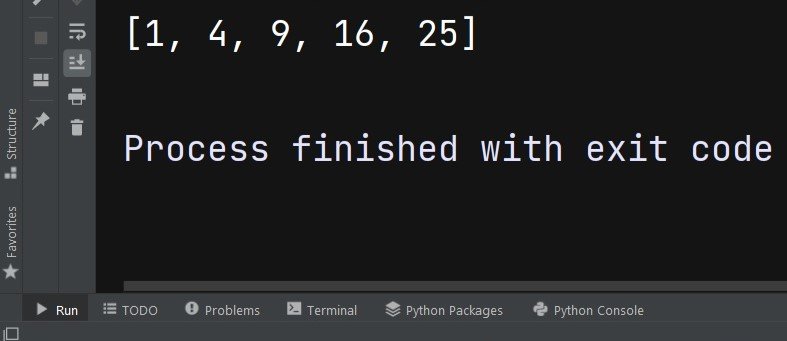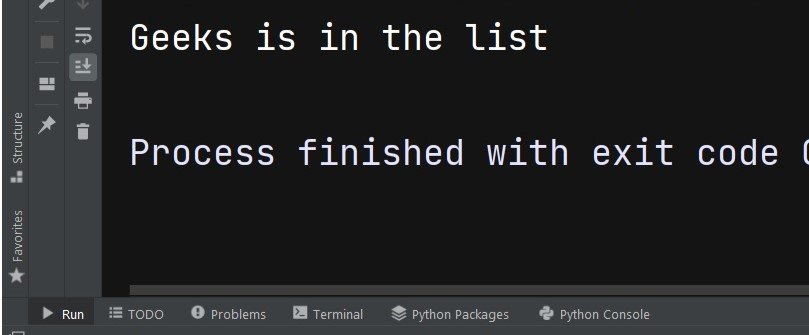In this Python article we want to learn about How to Optimize Python List Performance, so Python is powerful and flexible programming language that is widely used in different fields such as web development, data science and artificial intelligence. one of the most commonly used data structures in Python is list. list is a collection of items that can be of any type. Lists are used for storing and manipulating data in Python. however with large datasets list performance can become an issue. in this article we want to learn some techniques to optimize Python list performance.
How to Optimize Python List Performance
Now let’s talk about first performance optimization technique and that is List comprehensions, instead of for loops List comprehensions are faster than for loops when creating new lists because they are optimized for speed. List comprehensions can be used to create new list by iterating over an existing list and applying some operation to each element of the list. for example let’s say we have a list of numbers and we want to create new list that contains squares of these numbers. we can do this using list comprehension like this:
|
1 2 3 |
numbers = [1, 2, 3, 4, 5] squares = [num ** 2 for num in numbers] print(squares) |
This code creates new list called squares by iterating over the numbers list and applying square operation to each element. using list comprehension can be faster than using a for loop for creating new lists.
This is the result

Let’s talk about another technique, Slicing is faster than deleting elements from a list because it creates new list without deleted elements. Let’s say we have a list of numbers and we want to remove the first two elements of the list. we can do this using slicing like this:
|
1 2 3 |
numbers = [1, 2, 3, 4, 5] numbers = numbers[2:] print(numbers) |
Above code creates new list called numbers by slicing the original list from index 2 to the end. this is faster than deleting the first two elements of the list using the del statement.
Run the code and this is the result

Another one is correct data structure, sometimes using different data structure can improve performance of your code. for example if you need to check that an element is in the list than if we use set or dictionary, this can be faster than using a list. Sets and dictionaries use hash tables to store data, which allows for faster searching than a list. for example let’s say we have a list of names and we want to check if particular name is in the list. we can use set instead of list like this:
|
1 2 3 4 |
names = ['Geeks', 'Coders', 'Python'] name_set = set(names) if 'Geeks' in name_set: print('Geeks is in the list') |
In this code we have created a set called name_set from the list of names. after that we check if ‘Geeks’ is in the set using the in operator. this is faster than checking if ‘Geeks’ is in the list using in operator.
Run your code and this is the result

Now let’s talk about using append() method instead of concatenation, when we want to add elements to a list, using append() method is faster than concatenating two lists using the + operator. for example, let’s say we have two lists and we want to combine them into a single list. we can do this using the append() method like this:
|
1 2 3 4 5 |
list1 = [1, 2, 3] list2 = [4, 5, 6] for item in list2: list1.append(item) print(list1) |
In the above code we have used for loop to iterate over the elements of list2 and append each element to list1 using the append() method. this is faster than concatenating two lists using the + operator.
